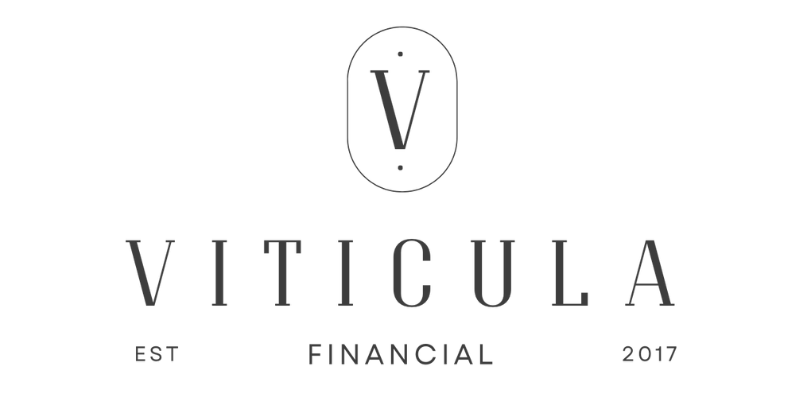What can we learn from a department store’s abundant success post-pandemic?
I recently read a Wall Street Journal article about the explosive share price growth of Dillard’s department store since the 2020 pandemic. What caught my attention was the intentional decisions the family run business made. Some were focused on their buyers and customers loyalty, and others were cutting costs in areas that were strategic and employee focused. And these decisions have put a family run business head and shoulders above its competitors. My mom is a loyal Dillard’s customer which piqued my interest even more.
In 2019 Dillards was suffering alongside most large retailers. They had too much inventory in a time where most shoppers were enjoying the ease of new online shopping options. When the 2019-2020 pandemic hit, they made a pivot that was opposite of most of its competitors, and against the statistics. Other retailers shifted their focus to online shopping. Dillard’s hasn’t chased the big online growth, but rather chose to fine tune what was happening at their store.
They choose to focus on what their family values with an old-school mentality alongside intentional financial management. (You know how I often say your financial strategy needs to support your business strategy…. Yep, proof right here). And the result? Share value has grown over 1500% since April 2020 when everyone bottomed out.
First, Dillards fine-tuned its inventory management. They keep inventory lean, and very selective. Store by store they know what customers want and don’t want. They are adverse to discounts, so if a competitor is discounting a specific product, they no longer include that item in its inventory. Whoa. That’s a bold move.
Dillards also made some operational changes that, in my opinion, were brilliant. They changed their hours. Seems basic, right? Instead of being open 10-9, they changed store hours to 11-8. This actually had several financial strategies all rolled up into one. First, it wasn’t significant enough that customers really noticed or cared. Second, it allowed for cost savings for “keeping the lights on” two less hours a day. Third, it allowed for a single shift day. Meaning, instead of two employees each working a shorter shift a day, one employee was able to work the full day. Employees got longer shifts, which made them happy. Management had less of a headache (cough…lots of hidden costs here!) in scheduling. It was a significant reduction in operational costs that had zero impact on their customer experience.
While financial strategies were at the core of most decisions Dillards made for growth post-pandemic, their attention to customer experience has been a core pillar for the business mission and values. They train employees to be more of a personal shopper. Learn their customers, literally… learn their name. Customer loyalty is a top financial strategy.
Trying to pick my favorite shifts that Dillards made after 2020 was actually a challenge. They did a lot of things right that probably seemed opposite where the industry was heading.
Learning the financial strategies that companies have made is a fascinating study, and I love getting to share with you why certain companies succeed or fail. Financial management HAS to be a part of your decision making process, especially if you are looking for long term profitability. And, I’ll tell you now if you aren’t focused on the long term goals of your business - you will probably be part of the 50% that don’t make it past year two. It’s exhausting chasing quick money.
What’s Coming Up:
Viticula has created a way for you to know what your next steps should be in developing your own financial strategy based on where your business is right now. Every business needs the foundation of accurate and timely financial data. Period. It’s a must. Without data, you can’t develop a strategy.
Gain the knowledge of your Financial Blueprint. You will receive specific resources for your next steps.






